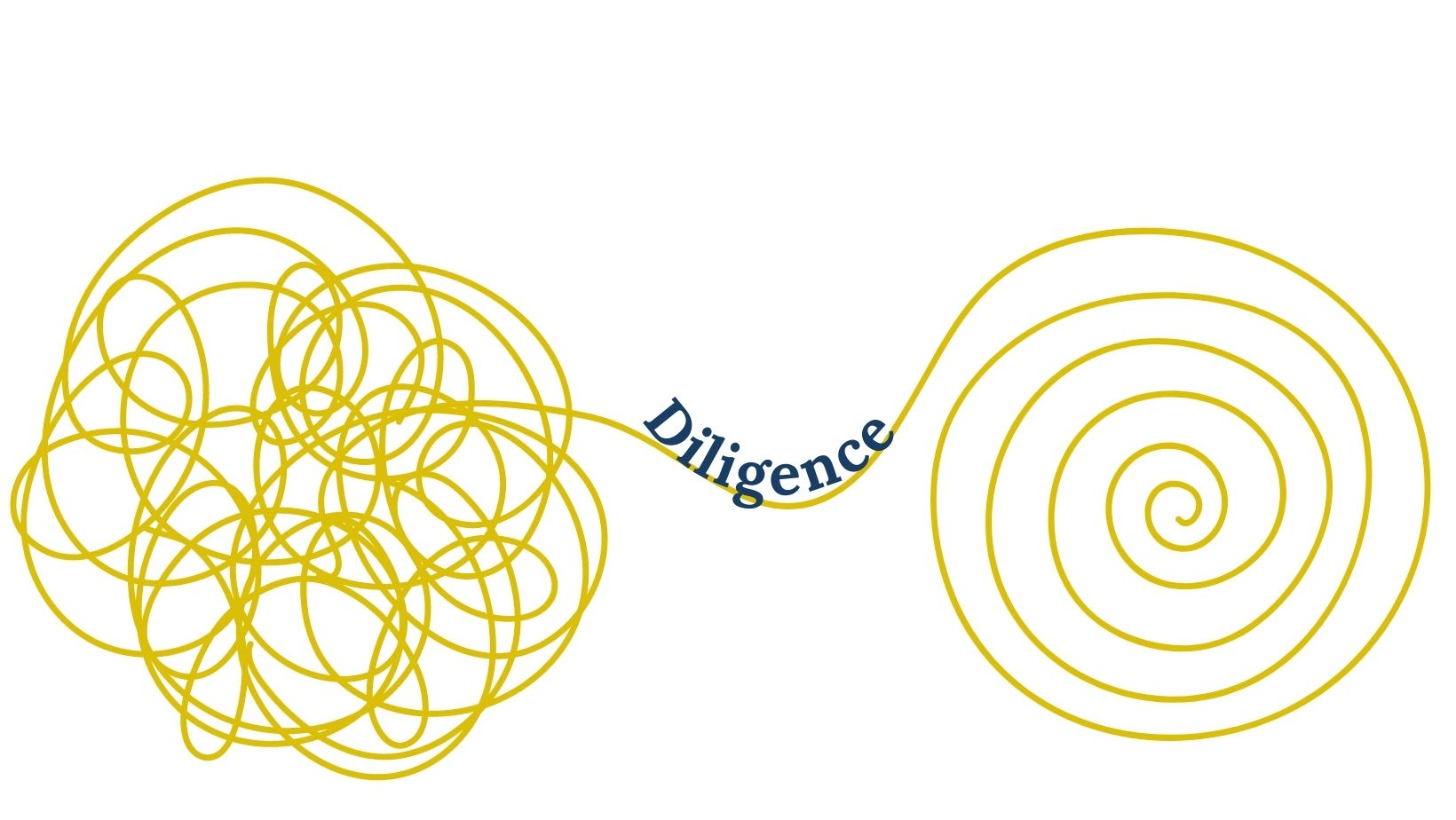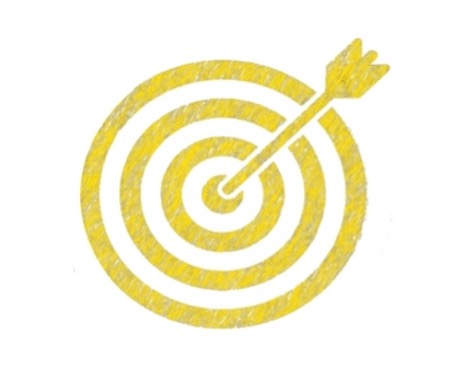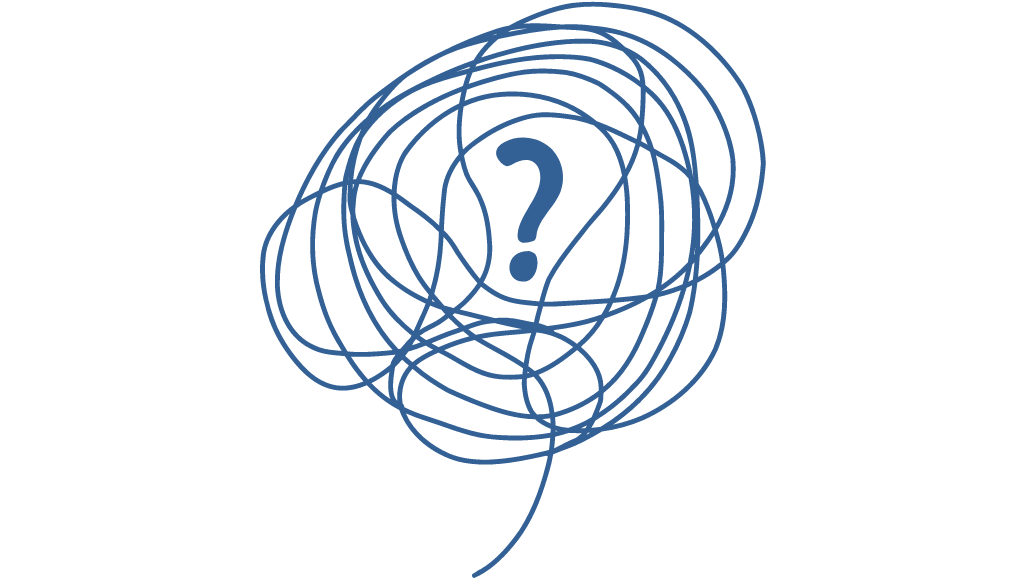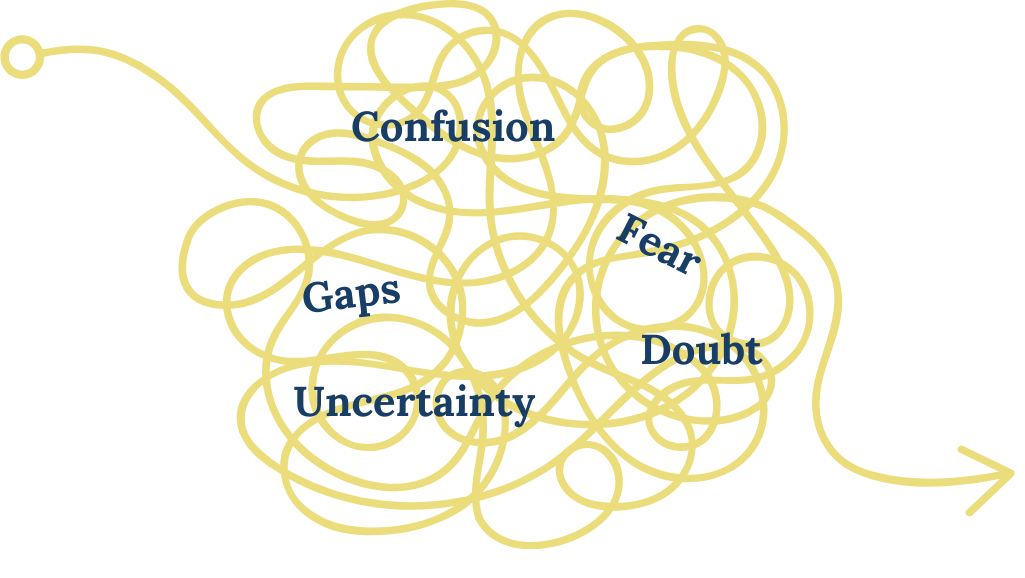Jun 28, 2023
You Need to Perform Diligence for Clarity
Principles

The best decisions, assessments, predictions and plans require clarity. Diligence is how you achieve that clarity.
Why perform diligence? After all, good diligence takes skill, resources, initiative, why bother?
The answer is – you perform diligence because you want the best results for your organization. You want positive outcomes such as a financial success and ethical behavior and you want to avoid negative consequences such as legal trouble and cyberattacks. To achieve the best results you have to make the best decisions and those decisions require clarity.

The Diligence File is not a Vegetable
When it was time to name this website, I did some research and sought guidance. I read that the more nonsensical and unrelated the name of the website to the contents of the site, the better. A different or whimsical name is better for content protection, branding and marketing. The website name to topic will be a blank slate. There will no risk of confusion with a similar site and it will be easier to protect under intellectual property laws.
The advice works for other sites. So, I could choose the name of a mighty river – the Nile – the sound a lion makes – Roar or Grrr- or a maybe a vegetable – Zucchini. Best of all would be a made up word – Mimdadid – anyone? Perfect, what user would ever guess that Mimdadid was about diligence or the work of diligent people.
I didn’t take the advice.
I didn’t want the name of the site to be unclear. I wanted a clear, descriptive name. I wanted a user to immediately understand that this site is about diligence. Novelty and cleverness are not the point. Clarity is the point of the name of this site and that is important because clarity is the point of diligence.

The Outcome of Diligence is Clarity
The outcome of diligence is clarity.
Your diligence project will be tied to a financial, business or regulatory concern and that concern will define the reason you are performing the diligence. But whatever the reason for starting the diligence the result will be the same, you want clarity.
If you are conducting diligence in an honest, open and genuine manner you are looking for clarity.
Clarity allows you to make
- Decisions – which choice is better?
- Assessments – pros & cons, risk, returns on investment, just to name a few.
- Predictions – what does the future look like?
- Plans – what steps take the organization from where it is today to where it needs to go?
There is no action that does not benefit from clarity.

Definition of Clarity
“the state of having a full, detailed, and orderly mental grasp of something”
Merriam-Webster
This is a good definition of clarity. Diligence projects don’t start with a “full, detailed, and orderly mental grasp” of the subject. Diligence starts with questions, gaps, contradictions, maybe even confusion. It is the process of diligence that answers your questions, fills in the gaps, resolves the contradictions, settles the confusion. And when you complete the process the result is the state of clarity.

The Diligence Process
The process that takes you from uncertainty to clarity is diligence. The steps of the diligence process will vary. You may be performing “due diligence” that has specific definitions and procedures laid out by a law or an industry standard. You may be “doing” diligence following steps that are customary in your organization or based on your own experience.
In each situation the basic steps of the process should include finding materials, doing evaluations of the material, analyzing what you find and finally applying the analysis to your set of circumstances. If you don’t get clarity the first time, you repeat the steps, refining them each time until you achieve the needed clarity.
If you don’t have a diligence strategy or want to try something new, consider using the Diligence File’s PAR Diligence Strategy. A practical and easy to understand process for diligence.

Clarity vs Truth
At this point you may be wondering, why isn’t the outcome of diligence the truth rather than clarity?
Truth is important however,
- Not all diligence projects are about finding truth. For example, when performing a risk assessment you may be weighing options that are all acceptable, truth has nothing to do with the choice.
- You don’t always need the truth. You may simply need to know that something is untrue or that someone is untrustworthy. For example, if you perform diligence on a potential vendor and it emerges that information provided to you by them is false, obtaining corrected or “truthful” information is unnecessary. The diligence has provided you with an important point of clarity – The vendor is dishonest.
- The truth may be unknowable or unavailable to you. Even if you can’t find the truth or the cost of finding the truth outweighs the value of knowing the truth, you still need to go forward and take some action. You perform diligence for a reason and the fact you can’t find or verify a truth doesn’t excuse you from making a choice or taking an action – truth cannot be the ultimate goal or you will be frozen in place.
- There is an important paradox around clarity, the inability to find the truth is a point of clarity. When you reach the end of a diligence project and there are still be questions, gaps or confusion you have an outcome. The outcome isn’t the truth, The outcome is the clarity is that there is no findable truth, there is no transparency. The nonexistence of the truth is a point of clarity.

Clarity Through Diligence Works for You
Diligence provides clarity and clarity is what you need to have a diligent organization.
A diligent organization is a powerful organization. But all of this is theoretical if the organization and the people connected to the organization don’t understand how to conduct diligence for clarity.
This is where the Diligence File helps you. The Diligence File is a resource focused on helping you recognize the strength of diligence, improve your organization’s diligence foundation and apply practical principles and processes so that you have better diligence outcomes.
If you enjoyed this post subscribe to the Diligence File newsletter – The Diligence Frame – more ideas, tips and resources
Thank you


Subscribe for Diligence Updates
Get the latest updates, resources, offers, and more.
"*" indicates required fields
The Diligence File respects your privacy. Privacy Policy